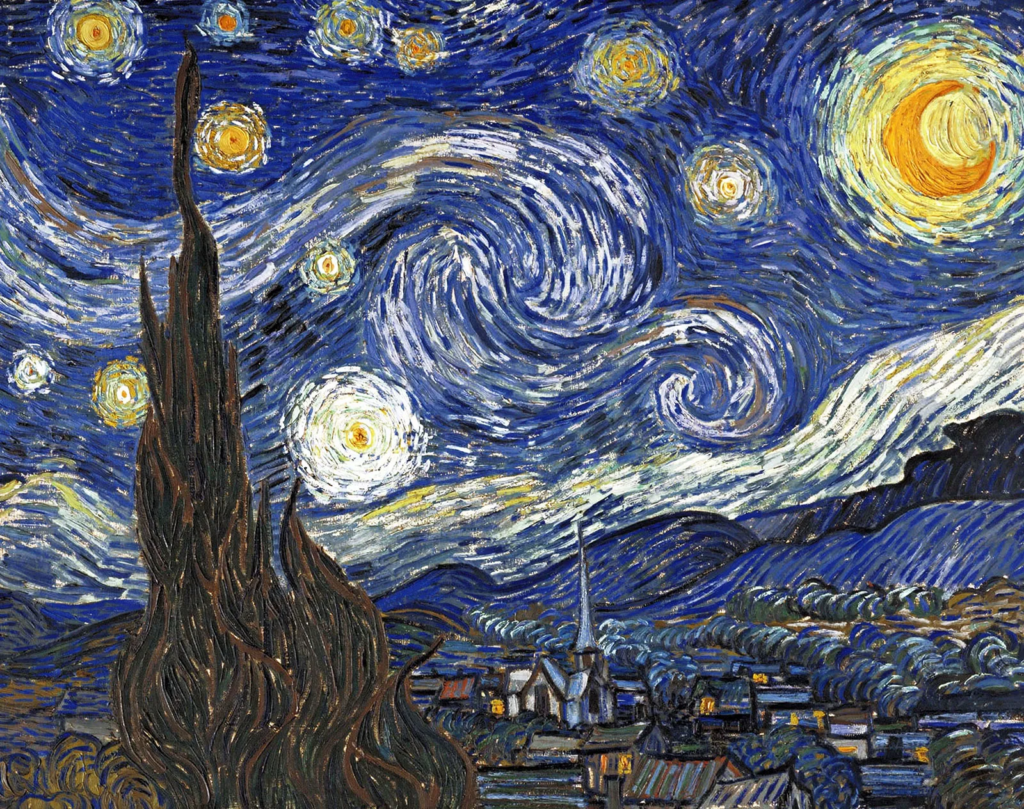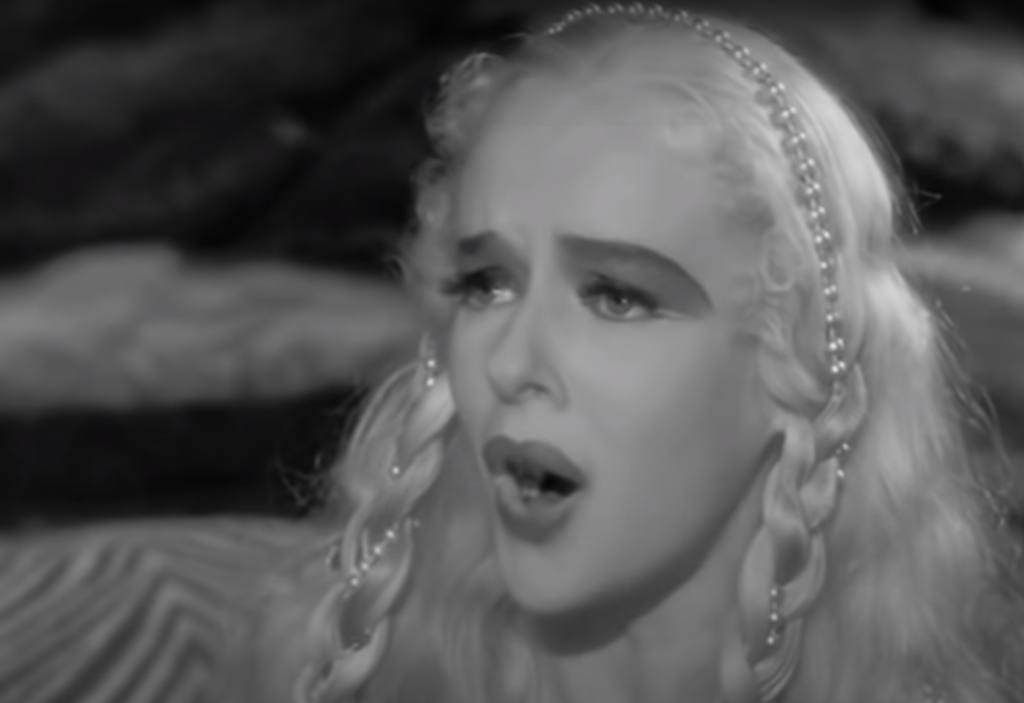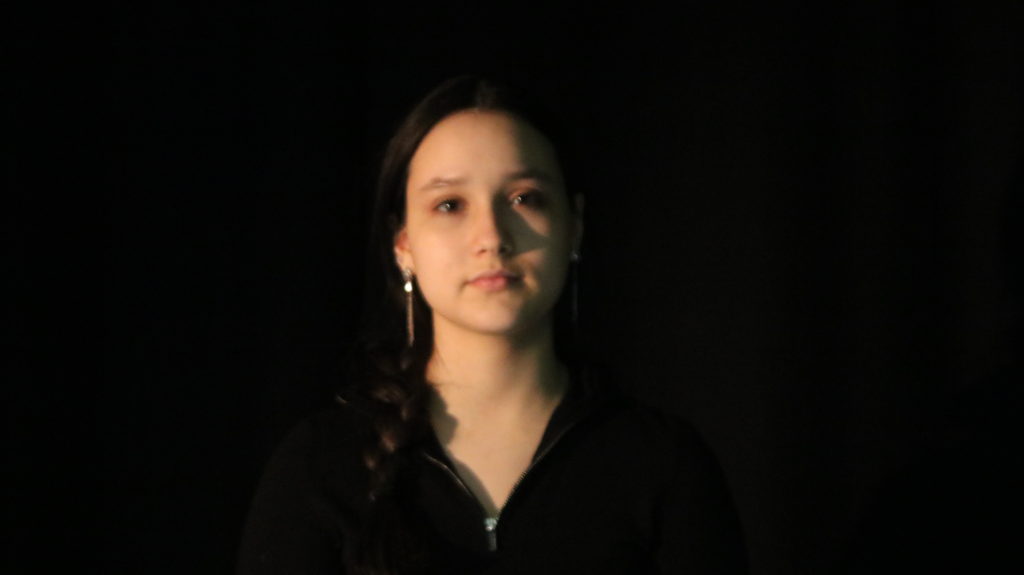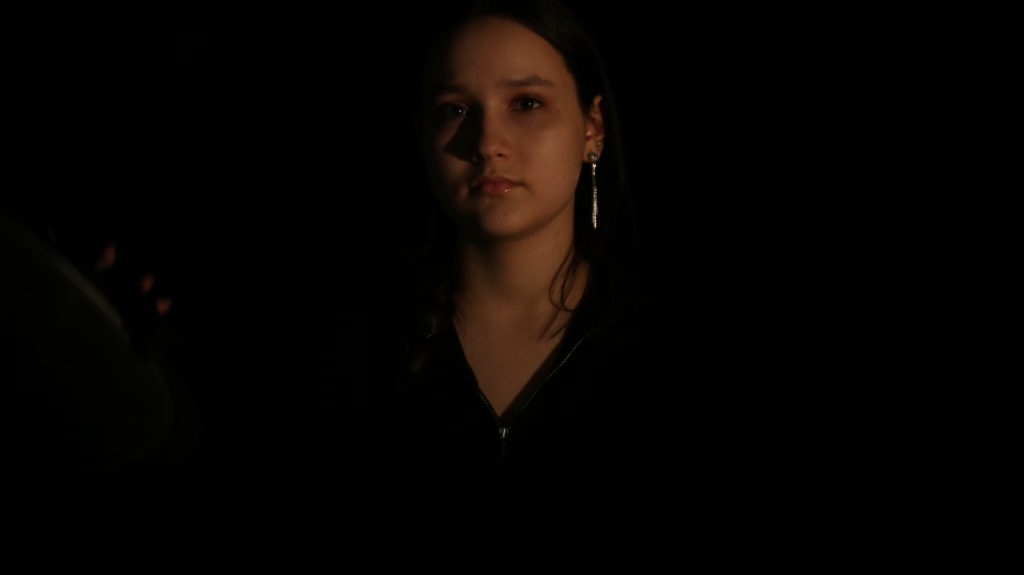
Crime thriller





Established 1917 when the German government owned most of the nation’s leading studios, UFA aimed to promote German culture to enhance Germany’s international image after World War I. These studios were highly equipped and some of the most modern in the world, producing some of the most artistically outstanding and technically competent films in the silent era.
In 1927 UFA was on the brink of financial ruin. However, the company was purchased by Alfred Hugenberg. He was a future Hitler supporter who forced the company to devote itself to promoting German nationalism, which proved popular during Nazi Germany. However, the rising production costs and a shrinking international market meant that in 1945 after the wars end the company closed down. A new UFA company was launched in 1956, but eventually went bankrupt.

Expressionist art presented the world from a subjective point of view. It distorted the world to create an emotional effect. They usually involve intense and jarring colours, distorted lines and non-naturalistic brushwork.
Examples:



After World War One, the new Weimar Republic of Germany was left with economic and political instability. This was mainly due to the high amount of reparations they had to pay due to the Treaty of Versailles. In turn, this economic instability caused political instability with the extreme right wing parties such as the fascists fighting with the extreme left wing parties (the communists). This led to the dark themes German expressionism explored.
However, German Expressionism was creative and abstract. The Weimar period was full of expressionist art which inspired the mise-en-scene of many German Expressionist films, such as The Cabinet of Dr Caligari. This expressionism is due to more traditionalist art when Kaiser Wilhelm II was the head of Germany, in the Weimar Republic, artists had more freedom.
Task 1
Explain how the production context of Citizen Kane influenced the “look and feel” of the end product.
In 1939, colour was first used in film (The Wizard of Oz). However, due to the cost of colour production being high, most films were filmed in black and white. This may have been one of the reasons Film Noir was so popular at the time, as well as the “Golden Age” of detective fiction books being from the 1920s until the late 1930s, many of which were turned into their own film noirs such as “The Maltese Falcon”. They were dark and cynical crime dramas, often using shadows and chiaroscuro lighting. Citizen Kane used both of these film noir techniques, as well as cinematography that mirrors the genre, despite not being a crime drama itself. For example, extreme high and low angles, shadows and cameo lighting.



Additionally, Citizen Kane was the first film to use the deep focus shot, as well as the editing technique the “wipe”, where one shot is “wiped” off the screen with another.


This means that these techniques were used frequently and showed off throughout the film, as it was displaying this new technology. The creative cinematography and mise en scene such as elaborate blocking and foregrounding.


This could be due to the rise of auteurs at the time, where the director had the most control over the film rather than the writer. This allowed the directors to focus on making more thought-provoking films, reflecting psychological and social problems. Orson Welles used the micro elements and techniques such as lighting to show his own messages and themes such as that being rich and powerful does not always lead to happiness.
Task 2
Choose your favourite scene from the film and explain why this is the case. You should consider Welles’ use of micro elements in your answer.
My favourite scene from the film is where Susan is performing at the opera, as Welles’ techniques clearly displays the complex relationship between Susan and Kane.

This deep focus shot, allowing the audience to see both Susan and Kane at the same time, uses a high angle to show Susan’s lack of power and vulnerability, emphasised by her placing in the centre of the stage with a spotlight directly on her, exposed for everyone to see. This clearly displays Susan’s lack of control over the humiliating situation Kane has put her in. The blocking in this shot showing a physical distance between Kane and Susan, suggesting an emotional distance between the two of them. Susan’s desperation is amplified through the close ups of her face during the performance.

In contrast, Kane is presented as powerful and wealthy in the scene, which can be seen through him watching Susan from above, showing his complete control over her. As well as the high angle shots of Susan in the scene contrasting the frequent use of low angle shots of Kane throughout the film. The mise-en-scene of the scene emphasises this, through the elaborate and wealthy looking costumes and set. The reaction shots, close ups of Kane’s face, are used to heighten the emotions of the scene, showing Kane hopeful then emotions changing as Susan doesn’t live up to expectations. Kane’s subdued emotion close ups highly contrast Susan’s highly emotional close ups, suggesting Kane does not understand or care about how Susan is feeling.
The lighting adds to the overall tone of the scene using shadows and dramatic lighting to heighten the emotional intensity of the scene, such as when Kane forces himself to clap for Susan and he is engulfed in darkness.
Task 3
Why, in your view do you think Citizen Kane is regularly cited by critics as “the greatest movie ever made”?
I think Citizen Kane is regularly cited by critics as the greatest movie ever made due to a combination of features brought together to create an overall impressive film. The film was especially impressive at its time for its unconventional chiaroscuro lighting, which later became a common convention of later film noirs. The use of shadows added to the overall ominous and mysterious tone of the film, as well as amplifying characters’ emotions in certain scenes.

Additionally, the cinematography by Gregg Toland was innovative at the time, being the first film to use the deep focus shot. This allowed the audience for the first time to be able to choose where to look in a shot, instead of being directed to one specific place, allowing Welle’s to create complex blocking of characters, such as the use of foregrounding to show complex relationships between characters.
The film was also the first to use the editing technique “the wipe”, where one shot is “wiped” off the screen by the next shot. “The wipe” is used inventively in this scene, where the technique is used continuously to overlap front pages of newspapers with Susan’s opera performances. This shows the passing of time, displaying how Kane had forced Susan into never-ending opera performances.
Furthermore, Gregg Toland used extreme high and low angle shots, which was later incorporated into film noir, predominantly to show Kane’s power. This contrasts the scene from his childhood, which shows the lack of power he once had through high angle shots.
Citizen Kane also uses a non-linear narrative structure, telling the story of Charles Foster Kane through flashbacks of his life, being told by those who knew him. This adds to the overall intrigue of the film, as the audience are wanting to know what “rosebud” means and what happened to Kane throughout his life. This type of non-linear narrative is still used today, in films such as Memento (2000) and Pulp Fiction (1994).
All these techniques brought together to create meanings and messages throughout the film, I think is the reason why critics often cite Citizen Kane as “the greatest movie ever made”. I think this is partly due to the emergence of the auteur, Orson Welles now had full control over the film and could act as its author by using all the micro elements of film to create the story.
Key light: the brightest and main source of light of your subject Generally positioned about 45 degree angle from the camera.

Fill light: Fills in the shadows created by the key light. Positioned on the other side of the camera from the key light, illuminating the shadows cast from the key light. Must be less bright than the key light, so there is still contrast on each side of the subject.

Backlight: Creates a rim of light around the subject to distinguish the subject from the background. Positioned behind the subject



1895-1918: Birth of Cinema
First film made by the Lumiere brother and when: Employees Leaving the Lumiere Factory (1985)
The “Phantom Ride”- the first tracking shot, camera was on the front of a moving train.
What was ground breaking about the silent films “The Sick Kitten”- (first close up) and “Life of an American Fireman”- (show the flow of action from one place to another, using editing (cutting) from different places occurring at the same time.)
The first “film star” in Hollywood: Florence Lawrence
1903-1918
Why did the USA hub of film production move from the East Coast to Hollywood: in the East Coast film had been copyrighted. California was far away, so you could break that law.
Which nations film industry does Cousins describe as “the best in the world” in the 1910s and why? Denmark-most innovative.
Example of two films and two directors from this place and time cited by Cousin’s as remarkable: Carl Theodor Dreyer – The Passion of Joan of Arc and Benjamin Christensen- Häxan
Who directed Birth of a Nation and why does the film still divide opinions among film critics, practitioners and theorists?
D.W Griffiths. It caused black people to be attacked, as it presented them negatively.
Who were Buster Keaton, Charlie Chaplin and Harold Lloyd and why were they so influential?
Hollywood comedy directors. Inventive ways of comedy.
Keaton- Visual comedy
Chaplin- Body movements (comedy, serious moments and politics)
Examples of some of the films they made and other notable film makers they influenced
Keaton- One Week, Three Ages, The General. Inspired: Ellie Suleman
Chaplin- Limelight, The Kid, City Lights, The Great Dictator. Inspired: Nicholas Roeg (jittery mannerisms), Toto in Colour (costume), Billy Wilder (Some Like it Hot-similar scenes) Harold Lloyd
Lloyd- Safety Last. Inspired: Yasujirō Ozu
How many cinema screens were there on Jersey during the “Golden Age” of cinema? (1930s to 60s)
There were roughly 7 cinemas.
How many cinema screens are there now?
10
What independent cinema spaces currently exist on Jersey?
Cineworld
Explain why the number of cinema screens have declined over the years and what you think the implications are for the film industry in general
The rise of televisions in households meant that less people had a need of going to the cinema. Recently the rise of streaming services mean people can watch even more films from home.